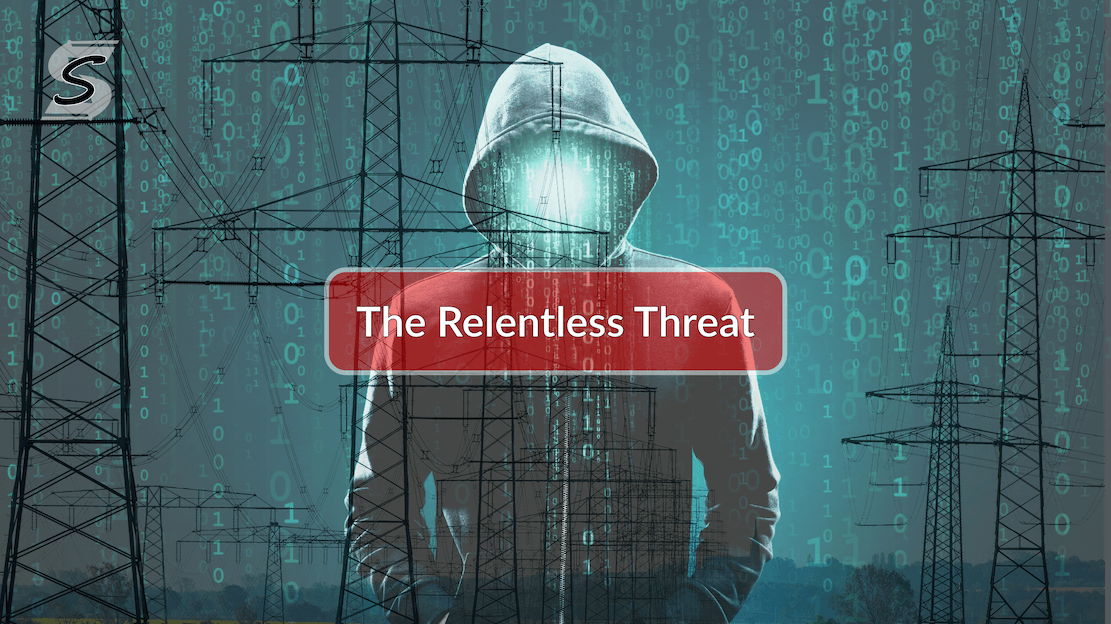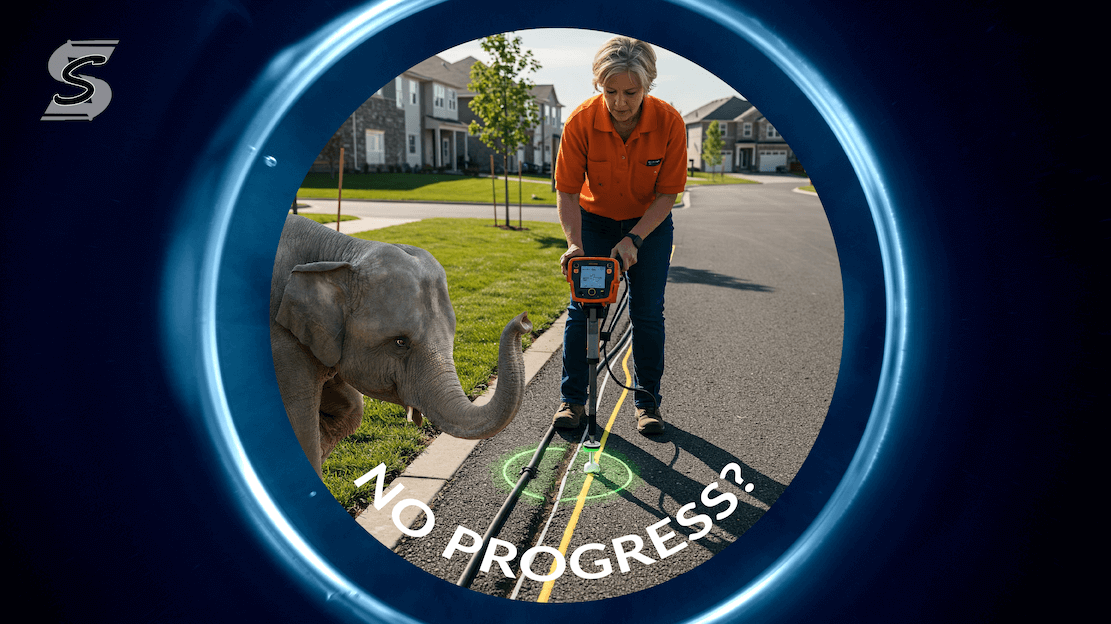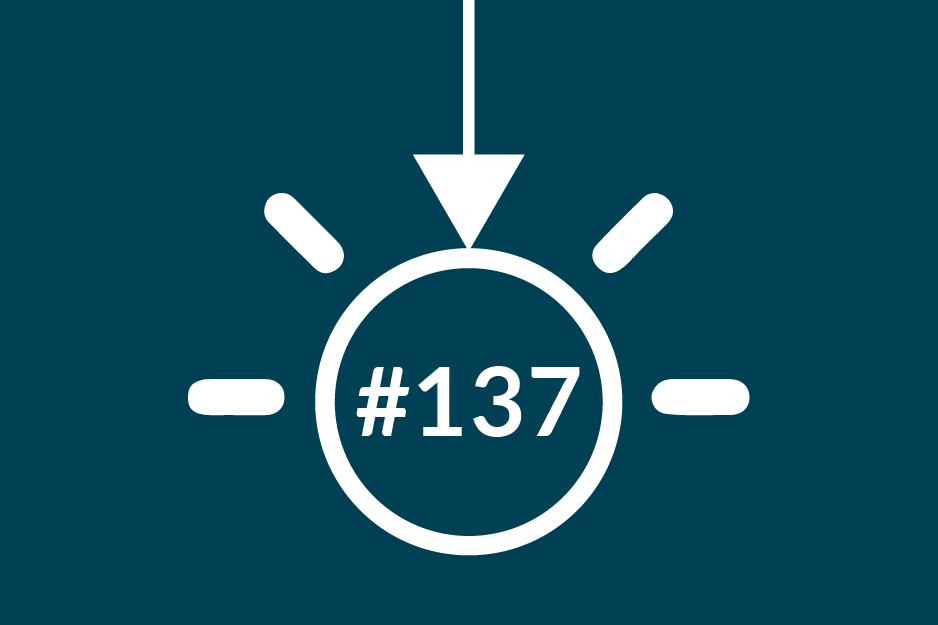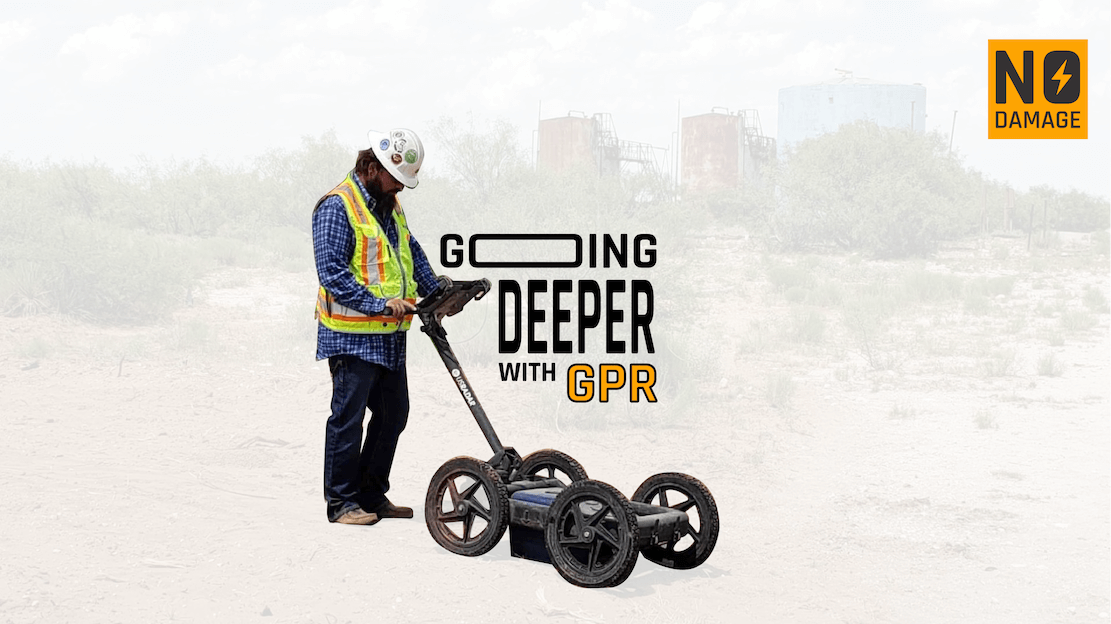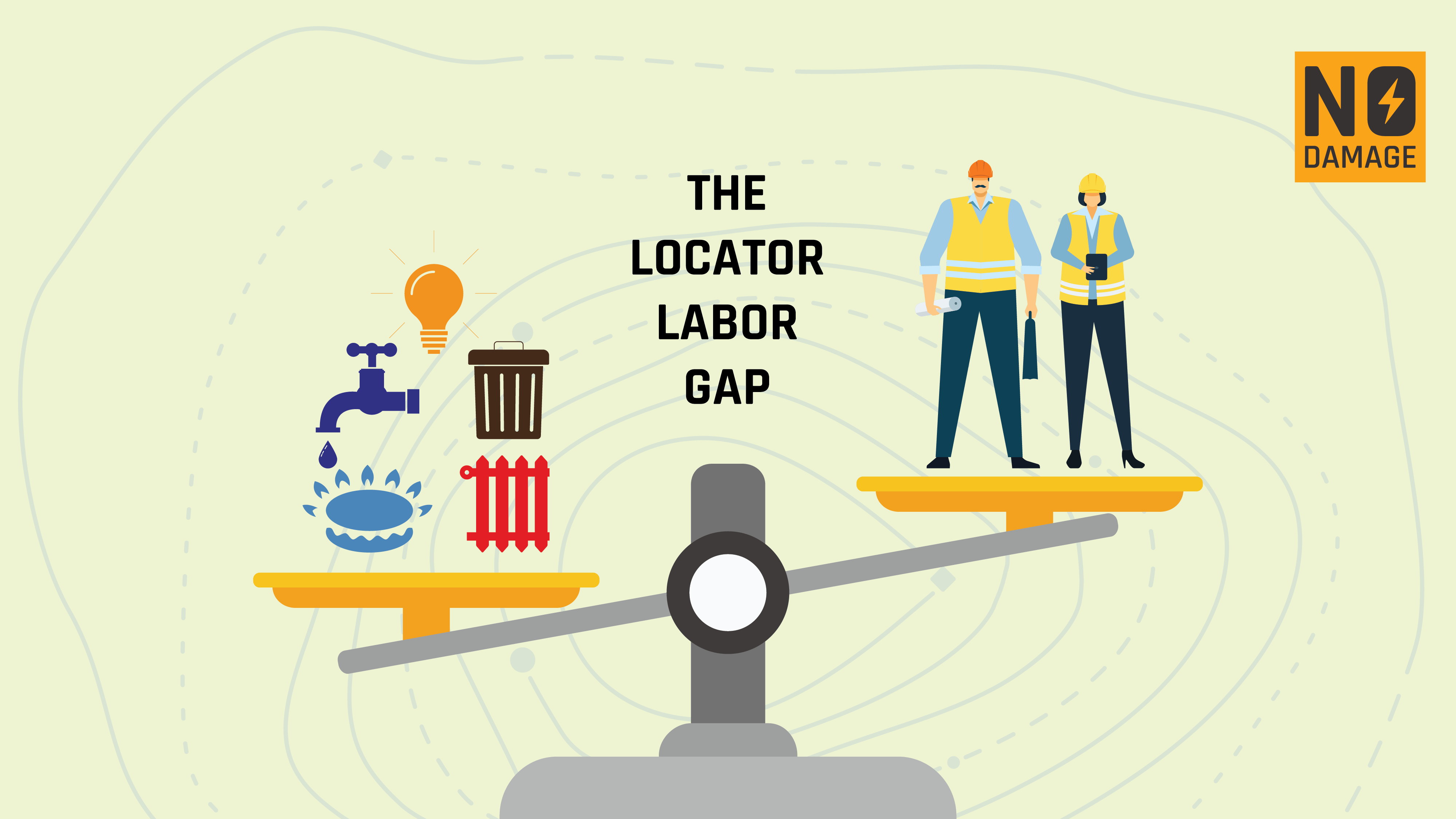
When we talk about infrastructure, the conversation often revolves around what needs fixing. But in the spirit of Independence Day, let’s flip the script and focus on the positives - specifically, what the U.S. is doing right when it comes to protecting our vital underground utilities. From advanced technology to regulatory measures, here are four standout strategies keeping our subterranean lifelines safe and sound.
1. Embracing Advanced Technology
The U.S. is at the forefront of leveraging cutting-edge technology to monitor and maintain underground infrastructure. For example, robotic pipe inspectors can navigate tight spaces to identify potential issues, and advanced leak detection systems using acoustic sensors help detect and address leaks before they escalate. In Las Vegas, the EchoShore®-TX platform, which uses acoustic leak detection and IoT connectivity, has been instrumental in monitoring pipelines and preventing major failures (Mueller Water Products) (Echologics). However, while large cities often have access to these technologies, rural areas could benefit from increased funding and resources to implement similar advancements. This proactive approach to infrastructure maintenance not only reduces the risk of major failures but also extends the lifespan of critical underground systems.
2. Promoting the One Call System
Excavation activities pose a major threat, with an underground utility line being damaged every six minutes in the United States. The 811 One Call system, dating back to the 1980s, may be flawed, but it remains valuable as a national number that everyone can remember. By simply dialing 811 before digging, homeowners and contractors can ensure that all underground utilities are properly marked, significantly reducing the risk of damage to critical infrastructure. Interestingly, most One Call centers are organized by state and operate independently—almost like the forefathers designed it that way. This decentralized approach allows each state to manage its own operations while still contributing to the nationwide effort to prevent utility line damage. It's better than what Germany have and most other countries, even if it's inefficient and could be better. Greater education and outreach could further enhance awareness and compliance, particularly among DIY enthusiasts and small contractors who may not be as familiar with the system. Remember, always call before you dig!
3. Updating Infrastructure
Some of our underground systems are ancient relics, with water and sewer lines in some cities being over 100 years old. These old systems are prone to failure and can cause major disruptions. Regular inspection and maintenance programs are key to the health of underground infrastructure. Many U.S. cities have adopted rigorous schedules for inspecting water, sewer, and gas lines, using both traditional methods and advanced technologies. Regular maintenance helps identify and fix small issues before they become major problems, saving money in the long run and ensuring the reliability and safety of essential services. Increasing federal and state funding for these programs, especially in smaller municipalities, would bolster these efforts and create more uniform protection across the country. The recent Infrastructure Investment and Jobs Act is a step in the right direction to investing in our underground infrastructure, providing much-needed funds for these essential upgrades but I'd like to see nationwide mapping of utilities be more emphasized. Similar to what 4M Analytics are working towards.
4. Adopting Smart Infrastructure Solutions
The future is smart, and so is U.S. underground infrastructure. Smart sensors and IoT (Internet of Things) devices are being integrated into utility systems to provide real-time data on their condition and performance. These smart solutions allow for predictive maintenance, meaning potential issues can be addressed before they cause disruptions. This results in a more efficient, reliable, and resilient infrastructure network that can adapt to challenges dynamicall and talk to other technologies like ticket management systems. To maximize the benefits, expanding these smart technologies to cover more extensive areas, including underserved communities, will ensure broader protection and efficiency.
Conclusion
While there is always room for improvement, the U.S. is making significant strides in protecting its underground utilities through the use of advanced technology, proactive safety measures, rigorous maintenance programs, and smart solutions. By continuing to innovate and invest in these areas, and by expanding successful initiatives to all regions, the U.S. can further secure its subterranean lifelines for the future. This progress exemplifies the American spirit of ingenuity and determination. As we celebrate Independence Day, let's take pride in our collective efforts to safeguard the nation's infrastructure and look forward to a safer, more secure future for all.
Share this Post



